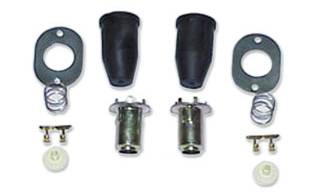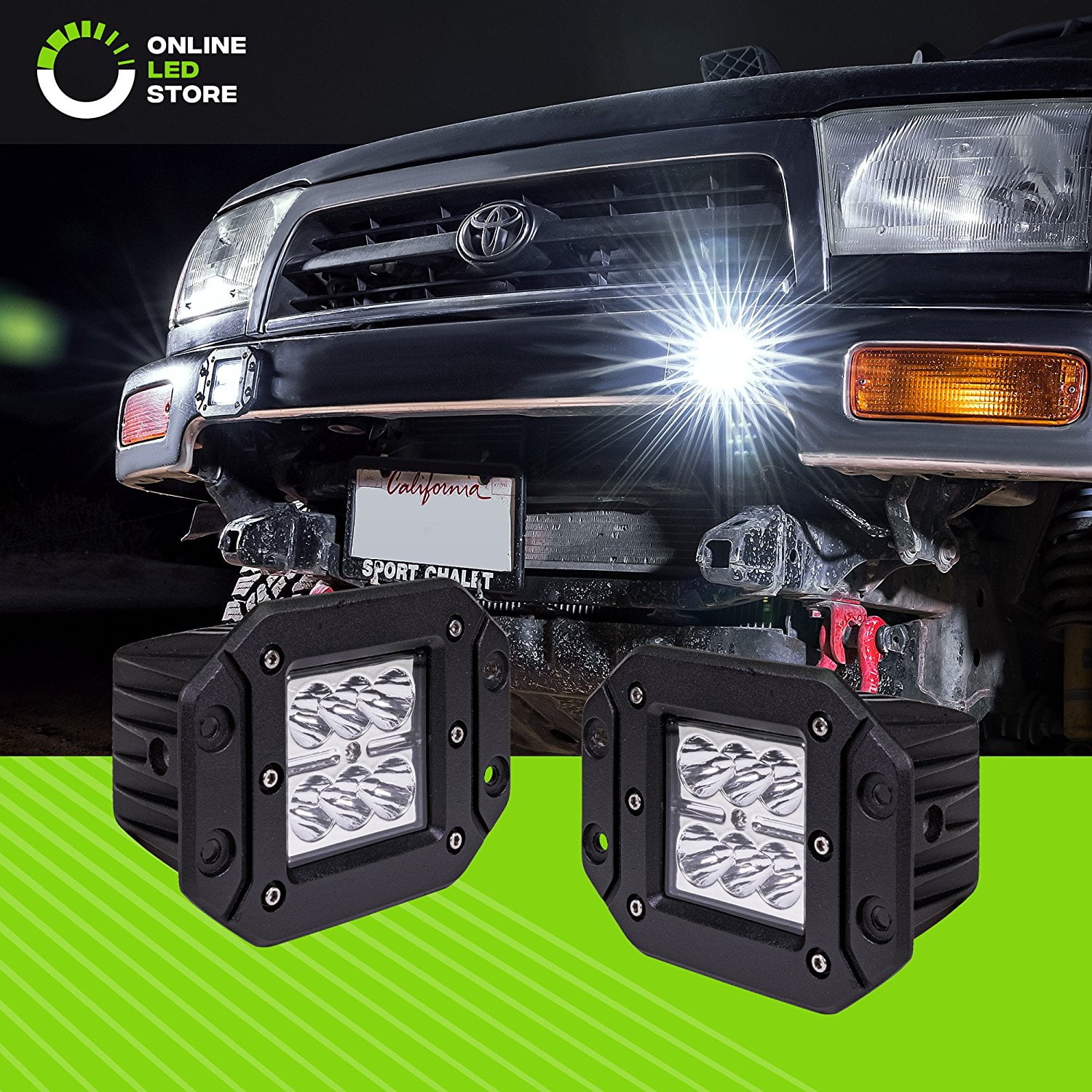
The third placed in line with the diver’s left collarbone.The second placed in line with a diver’s right collarbone.The continuous webbing must support five D-rings: A crotch strap is attached and looped through the waistband to prevent the system from riding up a diver’s back. This webbing is adjustable and uses a buckle to secure the system at the waist. is held to the diver by one continuous piece of webbing.

The other first stage must supply a necklaced backup second stage via a short hose, an analog pressure gauge, and (when applicable) inflation for a drysuit.
Double tank: One first stage must supply a primary second stage via a 5 to 7 ft/1.5 to 2 m hose (7 ft/2 m hose is required for all cave classes) and inflation for the buoyancy compensator (BC). The first stage must also supply an analog pressure gauge, inflation for the buoyancy compensator (BC), and (when applicable) inflation for a drysuit. A backup second stage must be necklaced and supplied via a short hose. Single tank: The first stage must supply a primary second stage via a 5 to 7 ft/1.5 to 2 m hose. Consult course-specific standards and your instructor to verify size requirements. Dual tanks/cylinders connected with a dual-outlet, non-isolator manifold can be used, but only in recreational (no decompression) diving, and are considered an alternative for a single tank/cylinder. Students may also use dual tanks/cylinders connected with a dual-outlet isolator manifold, which allows for the use of two first stages. 
Students may use a single tank/cylinder with a single- or dual-outlet valve. The GUE Fundamentals base equipment configuration is comprised of: a.

If you’re considering or already signed up for a GUE Fundamentals class and you’re reviewing your equipment needs, you can use the list below as your reference guide.







 0 kommentar(er)
0 kommentar(er)
